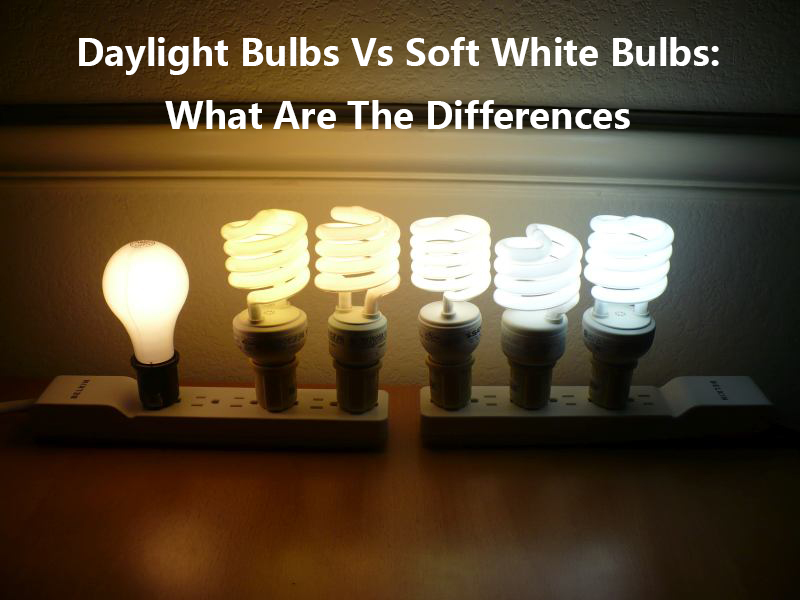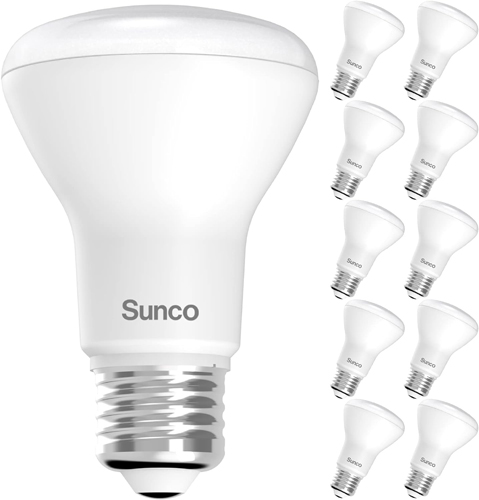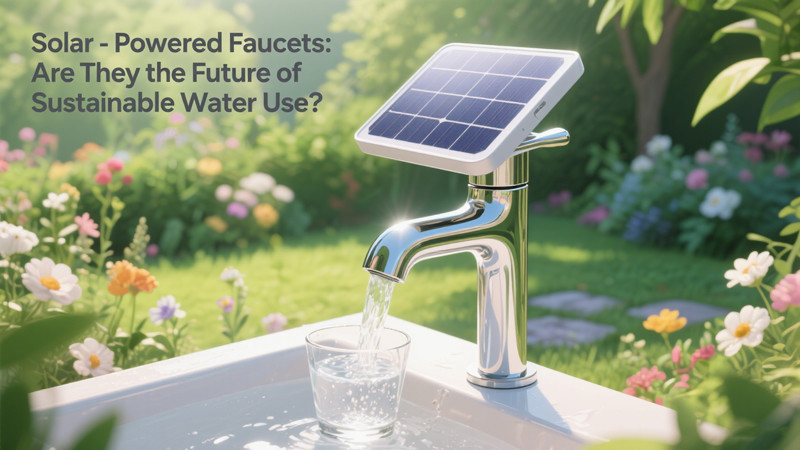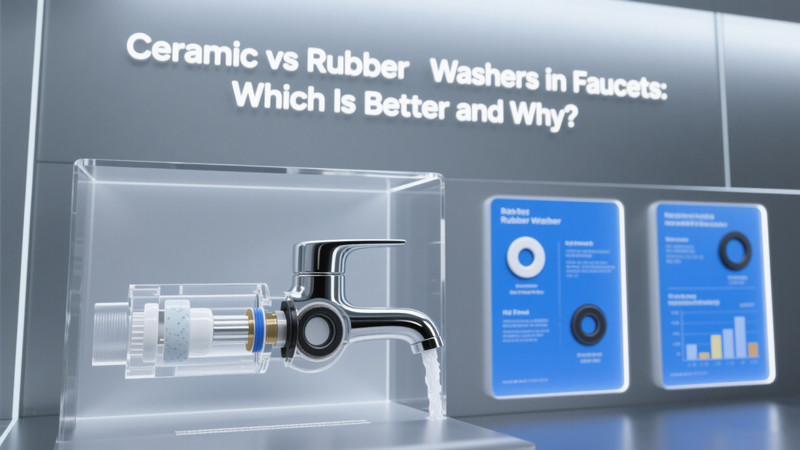
Lighting plays a pivotal role in shaping our daily experiences, influencing everything from our mood and productivity to the ambiance of our living spaces. When it comes to choosing the right bulbs for your home or workspace, the debate between daylight bulbs and soft white bulbs often takes center stage. In this exploration, we’ll delve into the characteristics, advantages, and applications of daylight bulbs vs soft white bulbs, helping you make an informed decision tailored to your needs and preferences.
Understanding Daylight Bulbs
Daylight bulbs, also known as cool white or natural light bulbs, are designed to mimic the color temperature of natural sunlight. They emit a bright, crisp light with a color temperature ranging from 5000K to 6500K, typically leaning towards the bluer end of the spectrum. Daylight bulbs are prized for their ability to simulate outdoor lighting conditions, making them an ideal choice for tasks that require optimal visibility and color accuracy.
Advantages of Daylight Bulbs:
- Enhanced Visibility: Daylight bulbs provide excellent color rendering capabilities, making them well-suited for tasks that demand precision and clarity, such as reading, crafting, and detailed work. The crisp, white light they emit reduces eye strain and enhances visual acuity, particularly in environments with limited natural light.
- Mood Boosting: Exposure to daylight-mimicking light has been linked to improvements in mood, alertness, and overall well-being. The cool, invigorating quality of daylight bulbs can help combat feelings of lethargy and enhance focus, making them a popular choice for workspaces, kitchens, and areas where productivity is paramount.
- Aesthetically Pleasing: Daylight bulbs impart a modern, contemporary aesthetic to interior spaces, imbuing them with a sense of freshness and vitality. Their bright, neutral light complements a wide range of decor styles and color schemes, creating an open, airy atmosphere reminiscent of natural daylight.
Challenges of Daylight Bulbs:
- Harshness: While daylight bulbs excel in providing bright, clear illumination, their cooler color temperature can sometimes feel harsh or clinical, particularly in residential settings. In spaces intended for relaxation or ambiance, such as bedrooms or living rooms, the starkness of daylight bulbs may be perceived as less inviting or cozy.
- Limited Warmth: Daylight bulbs emit minimal warmth compared to their soft white counterparts, which can be a drawback in environments where a warmer, more inviting ambiance is desired. In certain contexts, such as dining areas or intimate gatherings, the absence of warm tones may detract from the overall atmosphere.
- Color Perception: The cool, blue-toned light emitted by daylight bulbs may affect the perceived color of objects, leading to discrepancies in how colors appear under artificial lighting versus natural daylight. This can pose challenges in environments where color accuracy is critical, such as art studios or design studios.
Understanding Soft White Bulbs: Soft white bulbs, also referred to as warm white or incandescent bulbs, emit a gentle, inviting glow reminiscent of traditional filament bulbs. They have a color temperature ranging from 2700K to 3000K, leaning towards the warmer end of the spectrum. Soft white bulbs are prized for their warm, cozy ambiance, making them a popular choice for residential spaces and areas where comfort and relaxation are paramount.
Advantages of Soft White Bulbs:
- Warm Ambiance: Soft white bulbs create a welcoming, intimate atmosphere reminiscent of candlelight or firelight. Their warm, golden hue infuses spaces with a sense of coziness and relaxation, making them well-suited for bedrooms, living rooms, and dining areas where comfort is key.
- Flattering Light: Soft white bulbs enhance skin tones and create a flattering glow, making them a popular choice for vanity lighting in bathrooms and dressing areas. Their warm, diffused light softens facial features and minimizes imperfections, enhancing the overall appearance of individuals in the mirror.
- Versatility: Soft white bulbs are incredibly versatile and can be used in a variety of settings, from residential interiors to commercial spaces. Their warm, inviting glow complements a wide range of decor styles and color palettes, making them a timeless choice for both classic and contemporary environments.
Challenges of Soft White Bulbs:
- Reduced Visibility: Soft white bulbs emit less intense light compared to daylight bulbs, which may pose challenges in environments where optimal visibility is required, such as home offices or kitchens. The warm, diffused quality of soft white light can sometimes result in shadows and reduced contrast, affecting task performance.
- Limited Color Accuracy: Soft white bulbs may distort the perceived color of objects, particularly those with vibrant or saturated hues. In settings where color accuracy is paramount, such as art studios or retail displays, the warm, yellow-toned light of soft white bulbs may present challenges in accurately assessing colors.
- Energy Efficiency: Traditional incandescent soft white bulbs are less energy-efficient than their LED counterparts, consuming more electricity and generating excess heat. While LED soft white bulbs offer improved efficiency and longevity, they may come with a higher upfront cost compared to incandescent alternatives.
Conclusion: Daylight Bulbs Vs Soft White Bulbs
In the perennial debate between daylight bulbs and soft white bulbs, both options offer distinct advantages and considerations. Daylight bulbs excel in providing bright, clear illumination with excellent color rendering capabilities, making them ideal for tasks that require precision and visibility. However, their cooler color temperature and starkness may feel less inviting in residential settings where warmth and ambiance are desired. Conversely, soft white bulbs create a warm, cozy atmosphere reminiscent of traditional incandescent bulbs, making them well-suited for residential interiors and areas where comfort is paramount. However, their reduced visibility and color accuracy may pose challenges in environments where optimal task performance and color rendering are critical.
Ultimately, the choice between daylight bulbs and soft white bulbs depends on individual preferences, functional requirements, and the specific needs of the space. By understanding the characteristics and applications of each option, you can make an informed decision that enhances the ambiance, functionality, and visual appeal of your environment. Whether you opt for the crisp, invigorating light of daylight bulbs or the warm, inviting glow of soft white bulbs, lighting has the power to transform spaces and elevate experiences, illuminating our lives in more ways than one.
 WOWOW Faucets
WOWOW Faucets




